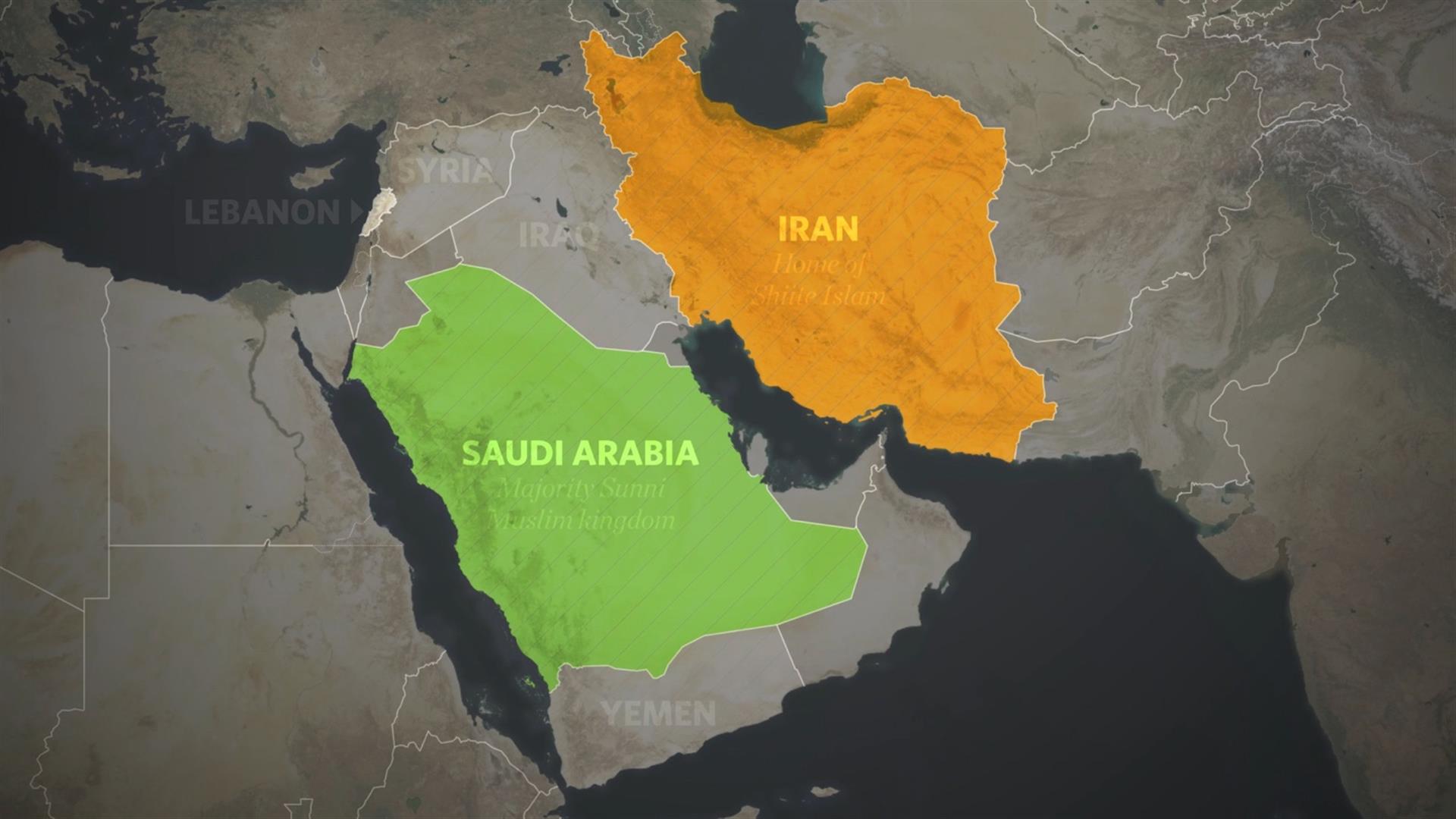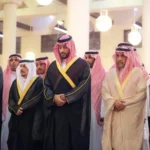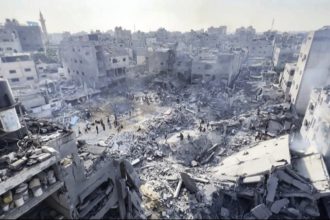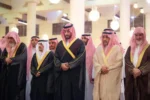Saudi Arabia, as the Custodian of the Two Holy Mosques and birthplace of Islam, positions itself as the eminent leader of the wider Muslim world. Iran, by contrast, presents itself as the champion not only of the Shi’a community but also of revolutionary movements across the Muslim world that stand against Western influence. The real contest between these two powers is not simply about military strength—it is fundamentally about whose alliances and influence resonate more deeply across the Middle East.
Syria as a Proxy Battleground
The Syrian conflict has become one of the most visible arenas for this rivalry. Both Saudi Arabia and Iran used the civil war as a proxy stage to advance their interests. Iran backed Bashar al-Assad’s regime, ensuring its survival through military, financial, and advisory support, while Saudi Arabia sponsored opposition groups in an effort to weaken Assad and diminish Tehran’s influence.
The roots of this rivalry trace back to the aftermath of the 1979 Iranian Revolution, when Tehran began competing with Riyadh by promoting its ideology and backing movements abroad. The U.S.-led invasion of Iraq in 2003 further intensified the conflict, exacerbating sectarian divides and fueling instability that later spilled into Syria and Yemen.
Iran’s Military Edge and Pyrrhic Victory
Iran’s strategy in Syria relied heavily on the Islamic Revolutionary Guard Corps (IRGC), allied militias, and deep integration with Assad’s military operations—supported decisively by Russian airpower. The recapture of Aleppo in 2016 was a symbolic and strategic triumph for Iran, securing Assad’s grip and reinforcing the so-called “Axis of Resistance.”
Yet these victories came at a high cost. Economically strained and politically isolated, Iran’s intervention has been labeled by many analysts as a pyrrhic victory. Assad remains in power, but Syria is devastated, fragmented, and far from stability. Tehran has gained influence, but it faces constant financial and reputational pressure.
Saudi Arabia’s Strategic Shift
Saudi Arabia initially relied on financing and arming opposition groups, but these efforts failed to dislodge Assad. Over time, Riyadh recalibrated its approach, moving from direct confrontation to economic and diplomatic engagement. The breakthrough came in March 2023, when China brokered a Saudi-Iran normalization agreement. This reflected Riyadh’s recognition that soft power—through reconstruction, investment, and diplomacy—could achieve what military means could not.
Since then, Saudi Arabia has resumed diplomatic ties with Syria, provided financial support, and committed to investment agreements intended to aid reconstruction. This signals a strategic pivot: from attempting to topple Assad to shaping Syria’s future through economic leverage.
The Broader Implications
This transition highlights a tectonic shift in Middle Eastern geopolitics. Influence is no longer defined solely by military power but increasingly by who can finance rebuilding, dictate narratives, and stabilize fragile states. In this context, Saudi Arabia’s financial resources and diplomatic outreach may prove more decisive than Iran’s battlefield gains.
Still, the risks remain high. Proxy wars have left vacuums that extremist groups exploit, while refugee flows and sectarian tensions continue to destabilize the region. The international community must support the Saudi-Iran détente in ways that go beyond symbolism—by conditioning aid on transparency, promoting inclusive reconstruction, and supervising arms flows to prevent renewed proxy escalations.
Conclusion
Iran has secured military footholds in Syria, but at severe cost. Saudi Arabia, though less successful militarily, has positioned itself for the long game—investing in diplomacy, economics, and reconstruction. Syria now represents a critical test case: can hard power be transformed into sustainable influence through soft power? For the Syrian people, the stakes are existential. For the region, the answer will determine whether old rivalries persist—or whether a new model of competition emerges, one where rebuilding, rather than destruction, becomes the true measure of power.
Author:

Hajira Shoukat is a student of International Relations at Bahria University, with a keen interest in global peace and security, international stability, and broader issues concerning global security dynamics.









